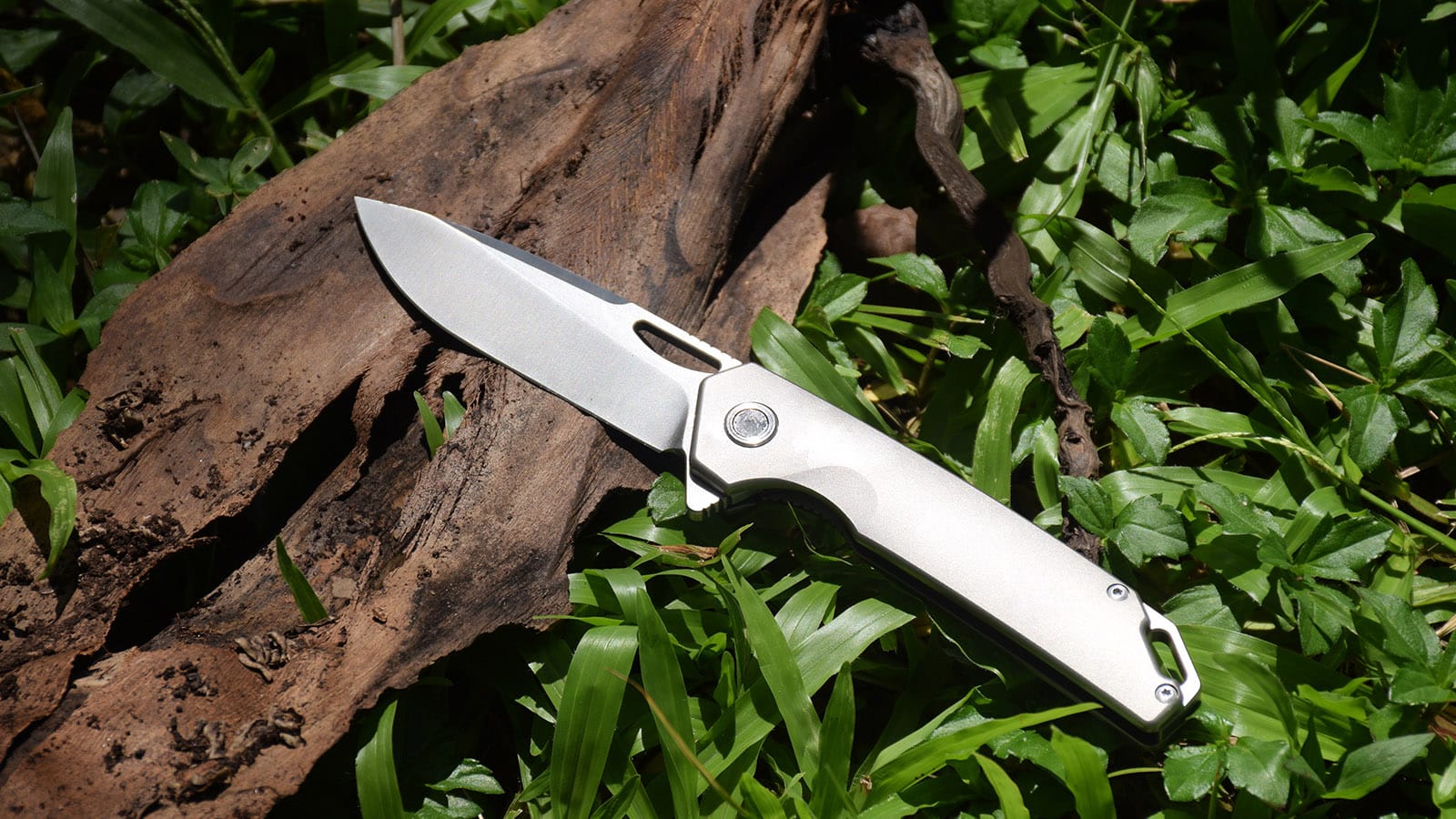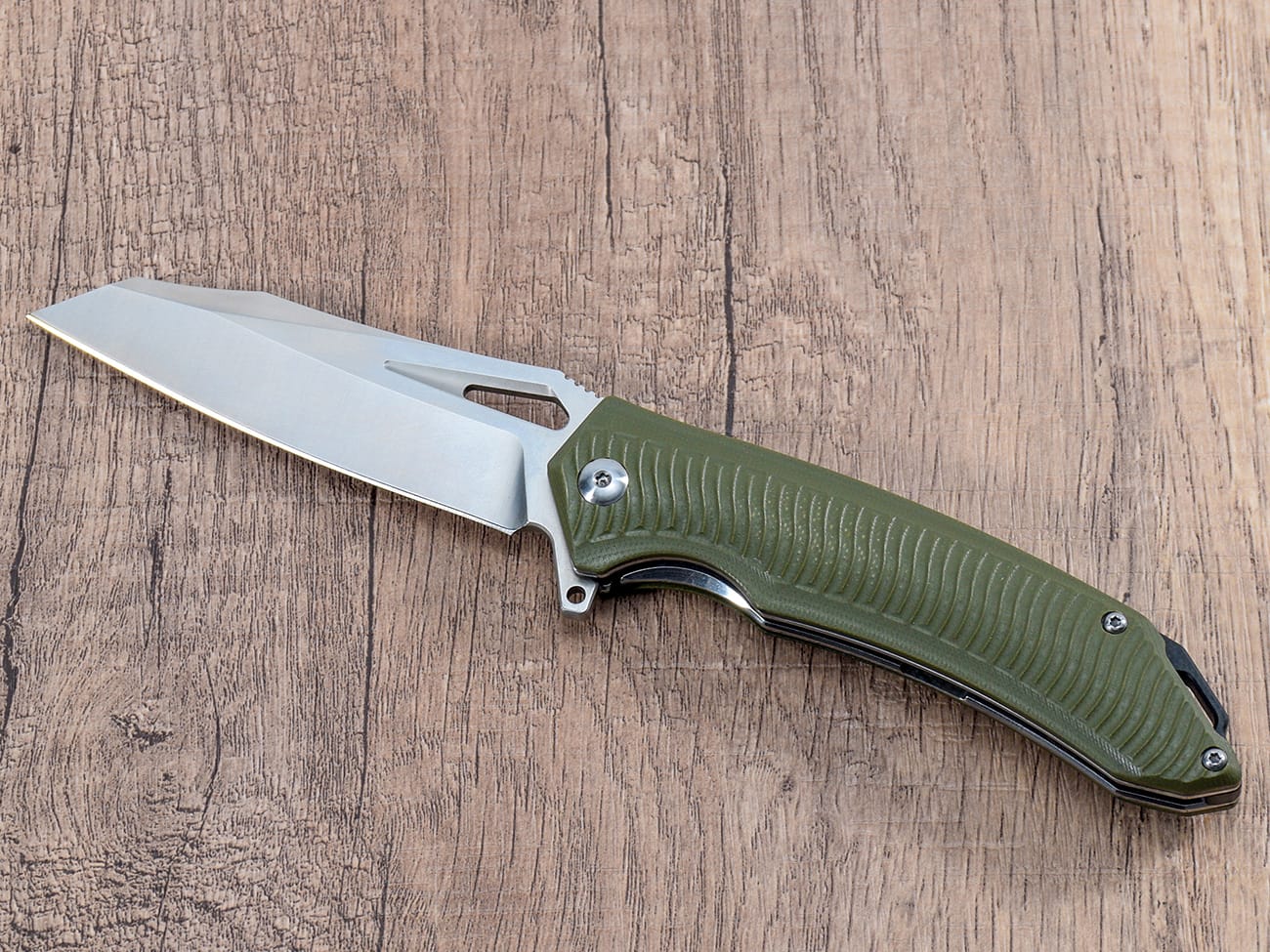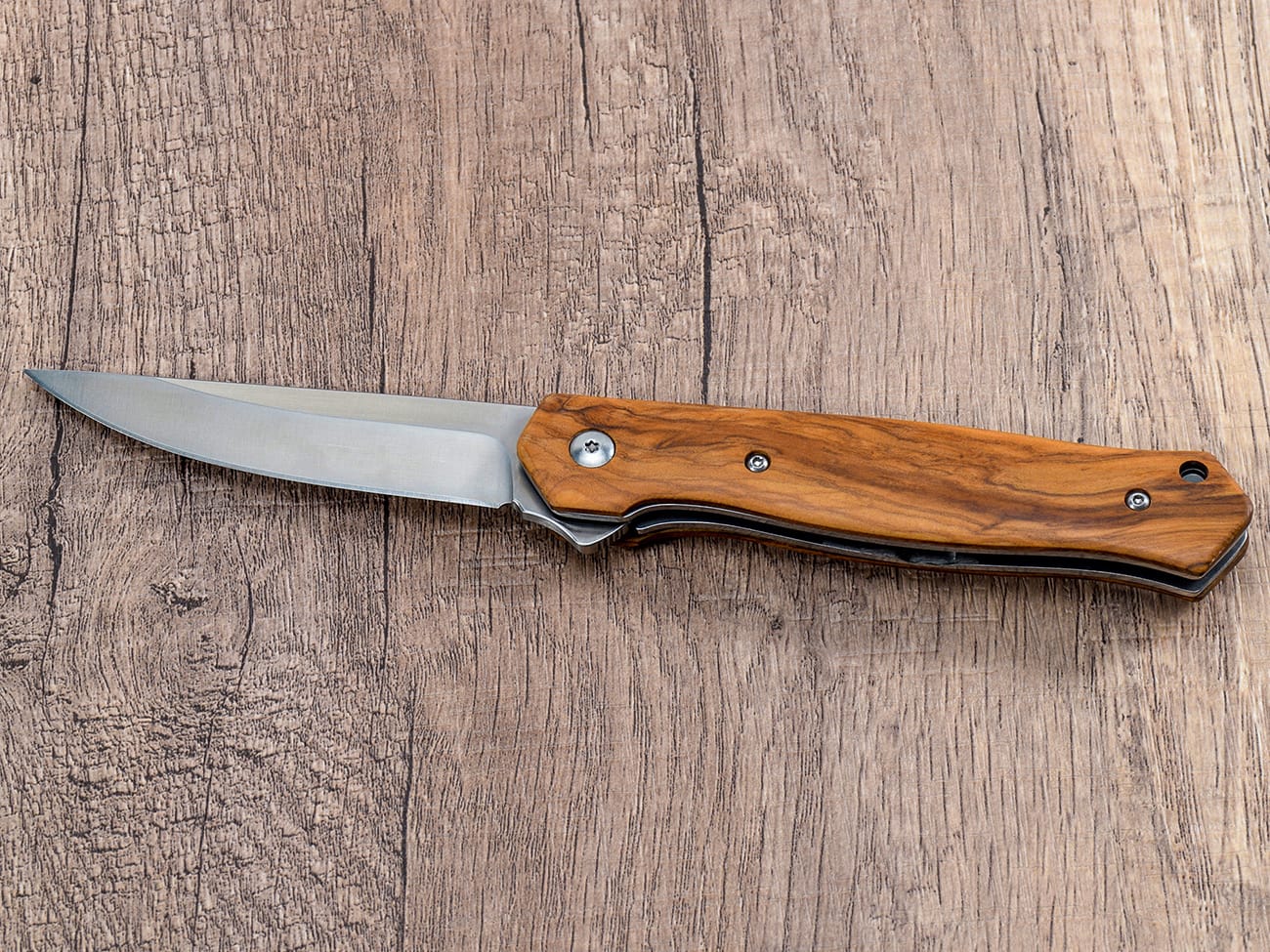Are you looking to enhance your everyday carry (EDC) setup with a reliable folding knife? Knowing how to carry your EDC knife safely and effectively is crucial for both convenience and legal compliance. This comprehensive guide will walk you through everything you need to know about carrying a pocket knife, from choosing the right knife to mastering various carry methods. Whether you’re a seasoned knife enthusiast or new to the world of EDC, this article will provide valuable insights to help you make the most of your folding knife.
Why Should You Learn About Proper EDC Knife Carry?
Understanding how to carry your EDC knife properly is essential for several reasons:
- Safety: Proper carry techniques reduce the risk of accidental injury to yourself and others.
- Accessibility: The right carry method ensures your knife is readily available when needed.
- Discretion: Knowing how to carry your knife discreetly can help avoid unwanted attention.
- Legal compliance: Familiarizing yourself with local laws and regulations helps you stay within legal boundaries.
- Comfort: Choosing the right carry method enhances your overall comfort throughout the day.
Now, let’s dive into the various aspects of carrying an EDC knife.
What Are the Different Types of EDC Knives?
Before we discuss carry methods, it’s important to understand the different types of EDC knives available:
Folding Knives
Folding knives are the most popular choice for everyday carry due to their compact size and convenience. These knives feature a blade that folds into the handle, making them easy to carry in a pocket or bag.
Fixed Blade Knives
Fixed blade knives have a blade that doesn’t fold and are typically larger and more robust than folding knives. While less common for EDC, some people prefer fixed blades for their strength and simplicity.
Multi-tools
Multi-tools often include a knife blade along with various other tools, making them versatile options for EDC. However, they tend to be bulkier than dedicated folding knives.For this article, we’ll focus primarily on folding knives, as they are the most common choice for everyday carry.
How Do You Choose the Right EDC Knife?
Selecting the right EDC knife is crucial for comfortable and effective carry. Consider the following factors:
- Blade length: Choose a blade length that suits your needs and complies with local laws.
- Handle material: Options like G10, wood, or titanium offer different benefits in terms of grip, durability, and aesthetics.
- Locking mechanism: Liner locks, frame locks, and axis locks are popular options for secure blade deployment.
- Blade steel: Stainless steel and high-carbon steels offer different properties in terms of edge retention and corrosion resistance.
- Pocket clip: A well-designed pocket clip is essential for convenient carry.
What Are the Most Common EDC Knife Carry Methods?
Now that we’ve covered the basics of EDC knives, let’s explore the most popular carry methods:
1. Pocket Carry: The Classic Approach
Pocket carry is the most common method for EDC folding knives. Here’s how to do it effectively:
- Choose the right pocket: Most people prefer to carry their knife in the front right pocket (for right-handed users) or front left pocket (for left-handed users).
- Use the pocket clip: Clip the knife to the inside of your pocket with the clip facing outward. This keeps the knife secure and easily accessible.
- Position the knife: Place the knife vertically along the edge of your pocket, with the spine of the handle against the pocket seam.
Pro tip: For added security, some EDC enthusiasts prefer to carry their knife clipped to the inside of their front pocket, reducing visibility and the risk of loss.
2. Waistband Carry: Discreet and Accessible
Waistband carry is an excellent option for those who want quick access to their knife while maintaining a low profile:
- Choose the right position: Most people prefer to carry their knife at the 3 o’clock (right side) or 9 o’clock (left side) position on their waistband.
- Use an inside-the-waistband (IWB) sheath: This method works best with a dedicated IWB sheath designed for your specific knife model.
- Adjust for comfort: Experiment with different positions along your waistband to find the most comfortable and accessible spot for your body type and clothing.
3. Neck Carry: Always Within Reach
Neck carry is a less common but effective method for smaller EDC knives:
- Use a dedicated neck sheath: Choose a sheath designed specifically for neck carry to ensure security and comfort.
- Adjust the cord length: The knife should hang at a comfortable height, typically just below the sternum.
- Conceal under clothing: Neck carry works best when the knife is concealed under a shirt or jacket for discretion.

A custom hunting knife with an olive wood handle, perfect for outdoor enthusiasts who prefer a larger EDC option.
4. Belt Carry: Traditional and Versatile
Belt carry is a classic method that works well for both folding and fixed blade knives:
- Choose the right sheath: Use a sheath designed for belt carry, with secure retention and a sturdy belt loop.
- Position for accessibility: Most users prefer to carry their knife on their strong-side hip, just behind the hip bone.
- Consider concealment: If discretion is a concern, choose a sheath that rides close to the body and can be easily covered by a shirt or jacket.
5. Pocket Clip Carry: Quick and Convenient
Many modern folding knives come equipped with a pocket clip, making this carry method popular and straightforward:
- Attach the clip: Secure the knife to your pocket using the built-in clip, with the knife resting inside the pocket.
- Choose the right orientation: Most users prefer tip-up carry (clip attached to the butt of the handle) for quicker deployment.
- Adjust clip tension: If possible, adjust the clip tension to ensure a secure hold without making it difficult to remove the knife when needed.
What Are Some Tips for Safe and Effective EDC Knife Carry?
Regardless of your chosen carry method, keep these tips in mind for safe and effective EDC knife carry:
- Know your local laws: Familiarize yourself with knife carry laws in your area to ensure compliance.
- Practice drawing your knife: Regular practice will help you develop muscle memory for quick and safe deployment.
- Maintain your knife: Keep your blade clean and sharp, and regularly check for any loose parts or damage.
- Be discreet: Avoid unnecessarily displaying your knife in public to prevent unwanted attention.
- Use a lanyard: Adding a lanyard to your knife can provide extra security and make it easier to retrieve from your pocket.
How Do You Choose the Right Carry Method for Your Lifestyle?
Selecting the best carry method depends on various factors:
- Daily activities: Consider your typical daily tasks and choose a method that doesn’t interfere with your work or hobbies.
- Clothing choices: Your wardrobe can impact which carry methods are most practical and comfortable.
- Legal restrictions: Some carry methods may be more discreet if you live in an area with stricter knife laws.
- Personal preference: Ultimately, choose a method that feels natural and comfortable for you.
What Are Some Common Mistakes to Avoid When Carrying an EDC Knife?
Be aware of these common pitfalls:
- Carrying a knife that’s too large for comfortable EDC use.
- Neglecting to secure the knife properly, risking loss or injury.
- Failing to maintain the knife, leading to reduced performance and potential safety issues.
- Carrying in a way that makes the knife difficult to access quickly when needed.
- Ignoring local laws and regulations regarding knife carry.
How Can You Integrate Your EDC Knife with Other Everyday Carry Items?
Coordinating your EDC knife with other items can enhance your overall preparedness:
- Choose complementary gear: Select items that work well together, such as a folding knife and a multi-tool with different capabilities.
- Develop a system: Create a consistent EDC setup that allows you to carry all your essential items comfortably.
- Consider a dedicated EDC organizer: Use a pocket organizer or small pouch to keep your knife and other EDC items together.
What Are Some Alternative Carry Options for Specific Situations?
While the methods mentioned above cover most scenarios, consider these alternatives for specific situations:
- Ankle carry: Useful for deep concealment or as a backup option.
- Off-body carry: Carrying your knife in a bag or pack when on-body carry isn’t practical.
- Boot carry: A viable option for outdoor activities or work environments where it’s appropriate.
How Do You Adapt Your Carry Method for Different Environments?
Your EDC knife carry method may need to change based on your environment:
- Work: Choose a carry method that complies with workplace policies and doesn’t interfere with your job duties.
- Outdoor activities: Consider a more secure carry method, such as a fixed blade with a sturdy sheath, for rugged environments.
- Formal events: Opt for a discreet carry method or a smaller, more elegant knife that won’t detract from your attire.
What Are the Legal Considerations for EDC Knife Carry?
Understanding and complying with knife laws is crucial for responsible EDC:
- Research local laws: Knife laws can vary significantly between countries, states, and even cities.
- Blade length restrictions: Many jurisdictions have limits on the maximum blade length for carry knives.
- Prohibited knife types: Some areas restrict or prohibit certain knife types, such as automatic knives or balisongs.
- Concealed carry regulations: Be aware of any specific rules regarding concealed knife carry in your area.
How Can You Improve Your EDC Knife Skills?
Carrying a knife is just the beginning. To make the most of your EDC tool:
- Practice safe handling: Regularly practice opening, closing, and using your knife safely.
- Learn proper cutting techniques: Understand how to use your knife effectively for various tasks.
- Develop maintenance skills: Learn how to sharpen, clean, and maintain your knife for optimal performance.
- Stay informed: Keep up with the latest developments in EDC knife design and carry techniques.
Key Takeaways: Mastering EDC Knife Carry
To summarize, here are the most important points to remember about carrying your EDC knife:
- Choose a knife that suits your needs and complies with local laws.
- Experiment with different carry methods to find what works best for you.
- Prioritize safety and discretion in your carry choices.
- Maintain your knife regularly for optimal performance and longevity.
- Stay informed about local knife laws and regulations.
- Practice your knife skills to become a more proficient and responsible EDC knife user.
By following these guidelines and tips, you’ll be well-equipped to carry and use your EDC knife safely, effectively, and confidently in your daily life. Remember, an EDC knife is a tool, and like any tool, its value lies in how skillfully and responsibly you use it.




